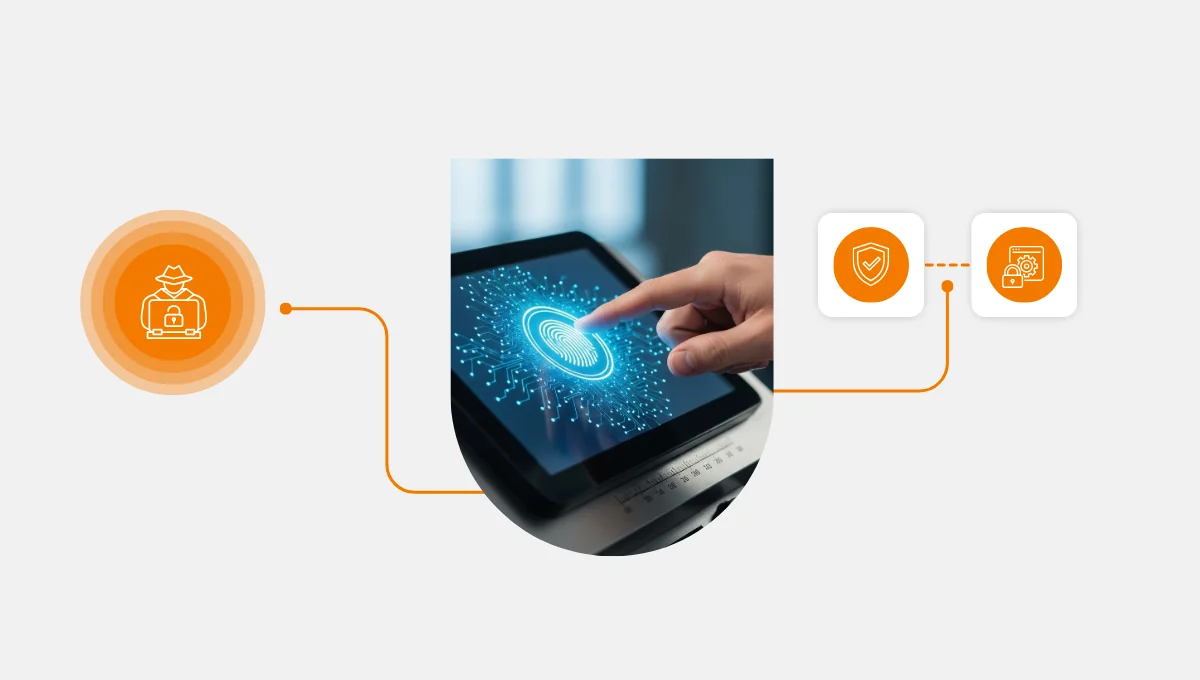Imagine you’re on hold, waiting for a customer service representative to take your call. You’ve been waiting for several minutes, and your frustration is building. Finally, a representative answers, but they’re distracted and uninterested in helping you. They sound like they’re rushing to end the call and hop on to the next one. You hang up feeling unsatisfied and unheard.
That scenario is unfortunately all too common in today’s business world. Customer experience has become a vital component of any company’s success and call centers play a vital role in this. Call centers ensure that customers are happy with a business’s offerings. However, call center shrinkage is a significant issue that can hinder a company’s ability to provide top-notch customer service.
So, if you’re interested in improving your call center’s performance and enhancing your customer experience? read on to learn more! In this article, we’ll dive into the details of call center shrinkage. We’ll explore the shrinkage types and the contributing factors. Lastly, we’ll offer solutions for minimizing its effects.
What Is Contact Center Shrinkage?
Call center shrinkage is crucial knowledge that helps business owners ensure smooth operations and optimal customer service. Simply put, call center shrinkage refers to when call center agents are unavailable to handle calls.
There are several reasons why call center agents in contact service may be unavailable to take calls for example, agents being on breaks or attending meetings or training. Furthermore, call center shrinkage can also be caused by technical issues.

How to Measure Contact Center Shrinkage Rate?
Measuring call center shrinkage helps to monitor the contact center’s performance. Measuring call center shrinkage calibrates how often call center agents cannot handle calls. This time includes breaks, meetings, training sessions, and technical issues. This also involves other activities that take agents away from handling calls, like sickness.
Calculating the total shrinkage starts with time tracking call center agents and understanding how much time they spend on each activity. This can be done using a variety of software tools and systems. These include workforce management software, time-tracking software, or spreadsheets. These guarantee that all activities are accurately recorded.
Types of Shrinkage
Shrinkage in a contact service center can be divided into planned and unplanned categories.
Planned shrinkage is a necessary part of a contact center’s daily routine and is accounted for in advance. This includes agents’ scheduled breaks, training sessions, meetings, and coaching sessions. This type of shrinkage is planned and can be managed by the contact center management team.
Conversely, unplanned shrinkage occurs unexpectedly, making it more challenging to manage. Various factors such as technical issues, power outages, sickness, absenteeism, and other unforeseen events, can cause unplanned shrinkage. These events are usually unpredictable and can cause significant unprecedented disruptions.

How to Calculate Contact Center Shrinkage?
To calculate contact center shrinkage, you must add the total time agents spend on planned and unplanned activities and then divide this time by the total available working hours, and multiply it by 100 to get the shrinkage rate percentage.
For example, if a contact center agent works 8 hours daily and spends 2 hours on planned and unplanned activities, the total shrinkage time is 2 hours. If this agent works for five days a week, the total available working hours for the week are 40 hours. The shrinkage rate for this agent would be calculated as follows:
Shrinkage rate = (Total shrinkage time / Total available working hours) x 100
Shrinkage rate = (2 / 40) x 100
Shrinkage rate = 5%
In this example, the shrinkage rate is 5%. This indicates that the agent could not take calls for 5% of their scheduled work time.
How to Reduce Contact Center Shrinkage?
In any contact center, managing shrinkage—unplanned time when agents are not available to handle calls—is crucial for maintaining efficiency and improving service levels. But how to stop shrinkage effectively?
One key strategy involves accurate forecasting and scheduling. By closely analyzing historical data on call volumes and handling times, managers can create schedules that align more closely with actual demand, thus reducing idle time and overstaffing. Additionally, training agents in time management and providing them with tools to handle calls more efficiently can further reduce shrinkage.
Another tactic is to implement flexible staffing solutions, such as cross-training agents to handle multiple types of inquiries or adjusting shifts dynamically based on real-time needs. Focusing on these areas can significantly minimize shrinkage in a call center, ensuring that resources are utilized effectively to enhance customer satisfaction and operational efficiency.
Reducing contact center shrinkage improves call center efficiency and customer experience. Here are some tips to reduce call center shrinkage:
Schedule breaks and activities.
This includes scheduling breaks during periods of low call volume or scheduling training sessions during non-peak hours. By doing this, call center managers can reduce the impact of call shrinkage on operations and improve overall efficiency.
Use call center technology to track agent performance and identify areas for improvement.
This can involve monitoring metrics related to call handling, such as call volume, handle time, and customer satisfaction. This helps to spot any areas where agents might benefit from more coaching or training. The use of call center technology can also assist management in making data-driven decisions to lower shrinkage. Call center technology also helps to identify patterns in agent performance.
Provide ongoing training to improve agent skills.
Agents should receive regular training on call handling methods and supervisors should teach customer service strategies and effective communication. Agents who receive ongoing training enhance their effectiveness and spend less time on unrelated tasks.
Offer incentives and rewards to encourage agents to meet performance targets.
Incentives for meeting call handling targets, awards for well-performing agents, or chances for internal promotion are a few examples of this. Rewards and incentives encourage employees to give their best efforts, increasing call center effectiveness.
Monitor call center metrics regularly to identify and address shrinkage issues promptly.
To quickly detect and fix shrinkage concerns, call center managers should constantly check call center key performance metrics. Tracking call volume, handling time, and other metrics can help you find patterns and trends that might be causing your business to decline. By monitoring these regularly, call center managers can spot shrinkage problems early and take quick action to remedy them before they worsen.
Why Should You Track Shrinkage?
By monitoring shrinkage rates, call center managers can identify the missing links, such as trends and patterns in agent unavailability. Understanding these missing links allows for managers to identify areas for improvement and increase operational efficiency. This data can provide insights into the specific types of shrinkage affecting call center operations the most.
Moreover, tracking shrinkage can help managers to take corrective action to reduce it. Regularly monitoring contact service center call center metrics can also help managers to promptly address shrinkage issues.
By tracking shrinkage rates alongside average handle time, first, call resolution rate, and customer satisfaction score; managers can better understand call center operations and make informed decisions to improve performance.
Bottom Line
The efficiency of call center operations and the general customer experience can be adversely impacted by call center shrinkage. Thankfully, call center managers can significantly reduce shrinkage and enhance their customer service by using the valuable advice provided in this article. That said, to increase the effectiveness of your call center and provide top-notch customer service, start taking action immediately to reduce shrinkage.




